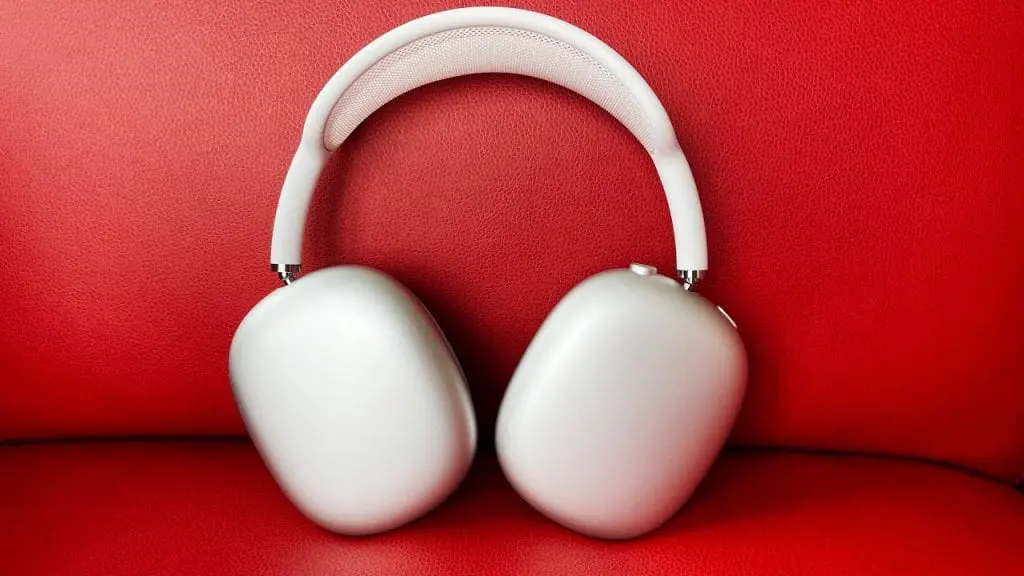In recent years, the introduction of Apple silicon has spurred growth and innovation for the Mac. However, there are still some constraints hindering its full potential. Thankfully, two of these ongoing frustrations appear to be on track for resolution.
Confronting Two Mac Limitations: Cellular Capability and the Notch
After a challenging decade, the arrival of Apple silicon has allowed the Mac to regain its footing. Apple has been consistently rolling out new designs and processors, and macOS is now better aligned with iOS updates than ever.
Nevertheless, certain persistent issues have remained, but recent news suggests Apple is working to address some of these.
In the past few days, we’ve received two promising updates regarding the Mac:
- According to Mark Gurman, Apple is exploring the integration of its custom in-house modems for its initial cellular Macs.
- Omdia has reported that upcoming OLED MacBook Pro models will eliminate the notch in favor of a hole-punch design.
Although these advancements likely won’t materialize until 2026 or even 2027, their arrival would greatly alleviate my top two frustrations with the Mac today.
Reflections on Mac as an iPad Pro User
Firstly, I want to clarify that my primary device is the M4 iPad Pro.
For numerous reasons, including Apple’s historical emphasis on hardware and software for the iPad, I’ve always gravitated toward it over the Mac.
A simple illustration of this is Face ID. This feature debuted on the iPhone in 2017, followed by the iPad Pro in 2018.
I constantly use my iPad Pro with a Magic Keyboard attached, and I must say, having Face ID is incredibly convenient when a screen is directed at your face throughout the day. It would be an excellent addition to the MacBook Air, MacBook Pro, iMac, and even the Studio Display.
However, seven years later, Face ID remains absent from the Mac.
I share similar feelings about cellular connectivity and the notch.

The iPad has included cellular support since its inception 14 years ago. Yet, for some inexplicable reason, Apple has never extended this feature to the Mac. I hoped that with the arrival of Apple silicon Macs, this limitation might change, but as time passes, I find myself still waiting.
I often work while traveling, and using a hotspot from my iPhone isn’t consistently reliable; it also drains my phone’s battery more quickly. The cellular feature on my iPad Pro has been invaluable.
The notch on MacBook Airs and MacBook Pros is less of a significant concern for me, but it still bothers me. It’s not that the notch is a monumental issue, but seeing it on the Mac contrasts sharply with my iPad Pro, which has never had one.
I understand that the iPad has larger bezels to accommodate how users hold it, yet the presence of the notch on the Mac gives it a more outdated appearance.
If Apple was compelled to add a notch to the Mac, why didn’t they implement something more contemporary, like the pill and Dynamic Island from the iPhone 14 Pro? The flagship iPhone adopted a sleeker design two years ago, which has never graced the iPad, yet it remains the Mac’s defining visual characteristic.
Conclusion: What’s the Deal with Touch?
Interestingly, I haven’t mentioned touch yet. Reports suggest that touchscreen Macs are in development, but it’s uncertain if they will ever make it to the market.
The reason I didn’t address this sooner is that, for me personally, I would prefer cellular and a notch-free Mac over a touchscreen model. While I believe that touch support would be a positive addition to the Mac, I don’t foresee myself using it frequently. Many users, however, may place a high priority on such a feature.
What are your thoughts on these Mac limitations? Are you looking forward to their resolution? Share your opinions in the comments.
Top Mac Accessories
: . More.




